When selecting the perfect shade tree for your garden, it’s essential to consider both beauty and practicality. A well-chosen tree can transform your outdoor space, providing not only shade but also stunning seasonal interest and a focal point for your landscape. In Australia’s diverse climate, selecting trees that thrive in varying conditions, from coastal breezes to dry inland zones, is important. Let’s explore five exceptional trees that combine stunning aesthetics with functionality, ensuring they elevate the luxury and ambiance of your garden.
Gleditsia Triacanthos ‘Shademaster’ (Honey Locust)
For those seeking a shade tree with a lighter canopy that allows filtered sunlight, the Gleditsia Triacanthos ‘Shademaster’, or Honey Locust, is a beautiful and functional choice. Its fern-like foliage creates soft, dappled shade, perfect for spaces where you want to cool the area without creating heavy shadows.
Key Facts:
- Mature Height: 12-18 meters
- Mature Width: 8-12 meters
- Best Uses: Feature tree, shade tree for outdoor entertaining areas, courtyard tree
- Leaf Appearance: Fine, fern-like foliage turning yellow in autumn
- Rate of Growth: Fast
- Tolerates: Poor soils, drought, wind
Why Gleditsia Triacanthos ‘Shademaster’ is Perfect for Your Garden:
Gleditsia Triacanthos ‘Shademaster’ is an excellent option for those who want a shade tree that allows light to filter through, creating a lively, vibrant garden atmosphere. Its fast growth and resilience to drought and wind make it a top choice for Australian gardens, while its light, feathery canopy is ideal for creating shaded areas in outdoor living spaces without sacrificing the brightness of your garden. The Honey Locust also offers elegance with its delicate leaves and golden autumn color, perfectly complementing luxury landscapes.
Acer Rubrum (Red Maple)
Acer Rubrum, commonly known as the Red Maple, is a striking deciduous tree prized for its vibrant autumn foliage. Its broad, spreading canopy makes it a fantastic shade tree, particularly in cooler climates like Melbourne, Sydney, and Canberra, where the tree’s red and orange hues light up gardens in autumn.
Key Facts:
- Mature Height: 12-18 meters
- Mature Width: 9-12 meters
- Best Uses: Feature tree, shade tree for large gardens, focal point in lawns
- Leaf Appearance: Broad, three-lobed leaves turning fiery red in autumn
- Rate of Growth: Medium to fast
- Tolerates: Acidic soil, wet areas, frost, and moderate drought
Why Acer Rubrum is Perfect for Your Garden:
Acer Rubrum adds a touch of elegance and drama to any high-end garden, with its lush green summer leaves transforming into an autumn spectacle of vibrant reds and oranges. Its wide canopy offers ample shade, making it an excellent choice for creating a cool, relaxing space in their garden. As a low-maintenance tree, it adapts well to different soil types and requires minimal pruning, making it ideal for busy individuals who appreciate efficiency without sacrificing beauty.
Quercus Palustris (Pin Oak)
If you’re seeking a shade tree that combines formality with practicality, Quercus Palustris, or Pin Oak, is an outstanding choice. Its symmetrical growth habit, with lower branches slightly drooping and upper branches more upright, creates a pyramidal shape that looks stunning in expansive gardens.
Key Facts:
- Mature Height: 18-25 meters
- Mature Width: 10-15 meters
- Best Uses: Feature tree, parkland tree, shade tree for grand estates
- Leaf Appearance: Glossy, deep-lobed leaves turning bronze and red in autumn
- Rate of Growth: Medium
- Tolerates: Poor drainage, clay soils, wet areas
Why Quercus Palustris is Perfect for Your Garden:
With its commanding presence, Quercus Palustris provides dappled shade during the warmer months, making it ideal for luxury gardens where beauty and function are key. Its stately structure can add grandeur to entranceways or sprawling lawns, creating an eye-catching centerpiece. This oak species is particularly well-suited to Australian climates, thriving in areas with heavier soils or poor drainage, meaning less maintenance for you while still achieving the striking results you desire.
Liquidambar Styraciflua (American Sweetgum)
Liquidambar Styraciflua, also known as American Sweetgum, is renowned for its deeply lobed, star-shaped leaves that shift from deep green to a vivid display of reds, purples, and yellows in autumn. Its dense, rounded crown makes it a perfect candidate for those looking to maximize shade in large gardens.
Key Facts:
- Mature Height: 15-25 meters
- Mature Width: 10-15 meters
- Best Uses: Shade tree, feature tree, screening tree for larger properties
- Leaf Appearance: Star-shaped leaves with spectacular autumn color
- Rate of Growth: Medium to fast
- Tolerates: Poor soils, moderate drought, frost
Why Liquidambar Styraciflua is Perfect for Your Garden:
For a bold, colorful statement, Liquidambar Styraciflua delivers unmatched autumn brilliance while providing dense shade during summer. Its adaptability to various soil types and tolerance for drought and frost make it ideal for Australian conditions. This tree brings functional shade and stunning aesthetics to your outdoor space, perfect for those who want to create a vibrant, eye-catching focal point in their garden. Its tall, spreading canopy creates a cool, tranquil environment, ideal for creating peaceful outdoor retreats.
Pyrus Calleryana ‘Cleveland Select’ (Ornamental Pear)
For those with smaller gardens, the Pyrus Calleryana ‘Cleveland Select’, or Ornamental Pear, offers shade and elegance in a compact form. This deciduous tree is a favorite among landscapers for its symmetrical, upright form and brilliant display of white flowers in spring, followed by rich green summer foliage.
Key Facts:
- Mature Height: 10-12 meters
- Mature Width: 5-7 meters
- Best Uses: Feature tree, formal gardens, street trees, screening trees
- Leaf Appearance: Glossy green leaves turning fiery red in autumn
- Rate of Growth: Medium to fast
- Tolerates: Wind, poor soils, heat, frost
Why Pyrus Calleryana ‘Cleveland Select’ is Perfect for Your Garden:
With its refined shape and stunning seasonal changes, Pyrus Calleryana ‘Cleveland Select’ offers an excellent option for smaller spaces where other large shade trees may overwhelm the landscape. Its low-maintenance nature makes it a smart choice for busy individuals, while its eye-catching foliage and spring blossoms add a subtle yet luxurious touch to any garden. Use it as a standalone feature or as part of a row to create a striking, shady avenue along driveways or garden paths.
FAQs
What is the best time to plant shade trees in Australia?
The best time to plant shade trees is during autumn or early spring when the soil is moist and moderate temperatures ensure strong root establishment.
How much water do these shade trees need?
Newly planted trees require regular watering for the first few months. Once established, trees like Acer Rubrum and Quercus Palustris are drought-tolerant and need less frequent watering.
Can I prune these trees to maintain a specific shape?
Yes, regular pruning can help maintain the desired shape, especially for formal gardens. However, many of these trees, such as Liquidambar Styraciflua, have a naturally attractive form that requires minimal pruning.
By choosing the right shade tree, you not only enhance your garden's aesthetic but also create a comfortable, shaded retreat that adds value and enjoyment to your property. Whether you prefer the dramatic autumn displays of Acer Rubrum or the elegant, formal structure of Quercus Palustris, these trees offer a perfect blend of beauty and practicality for any luxurious garden.














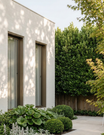



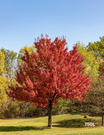

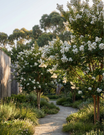



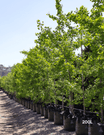


























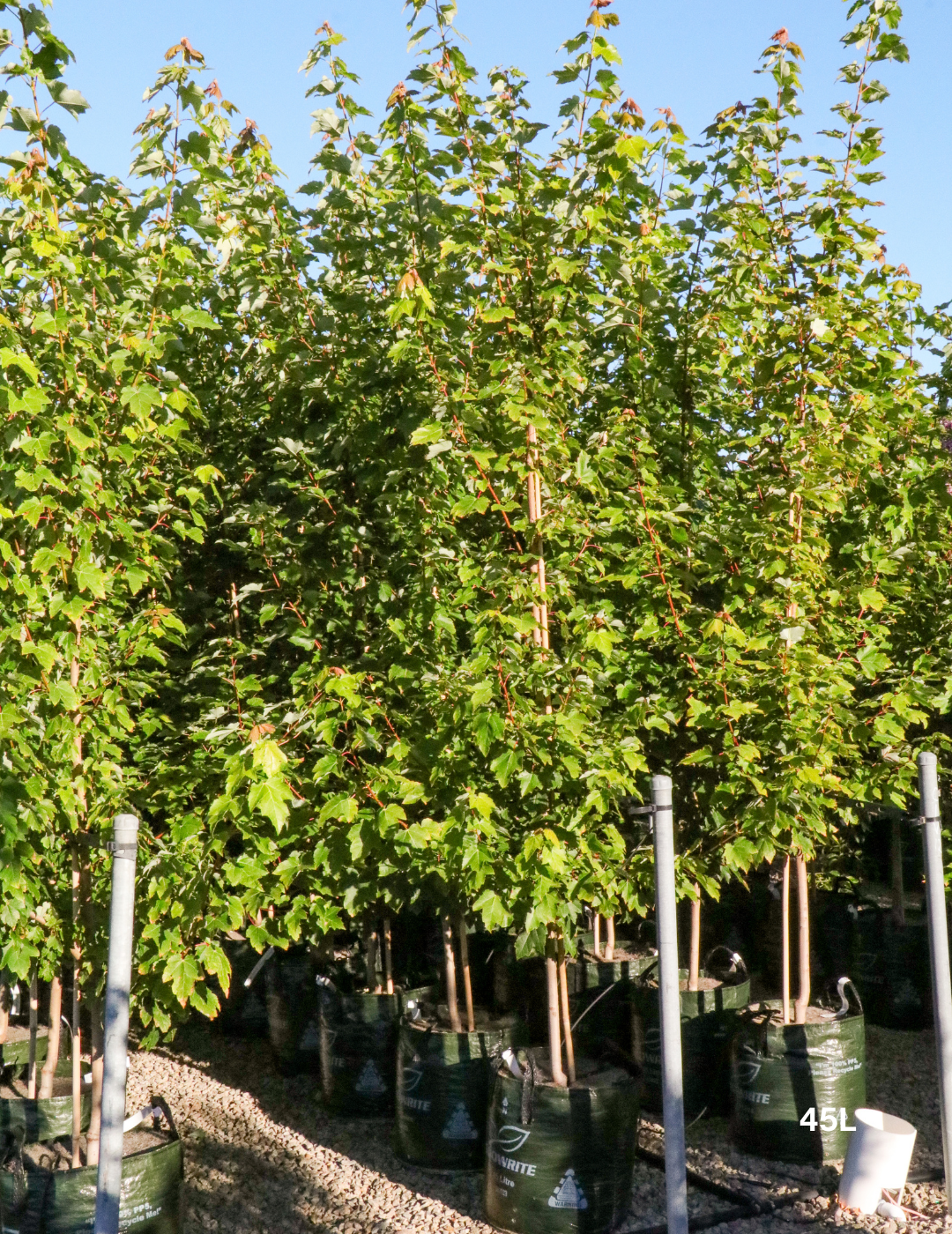
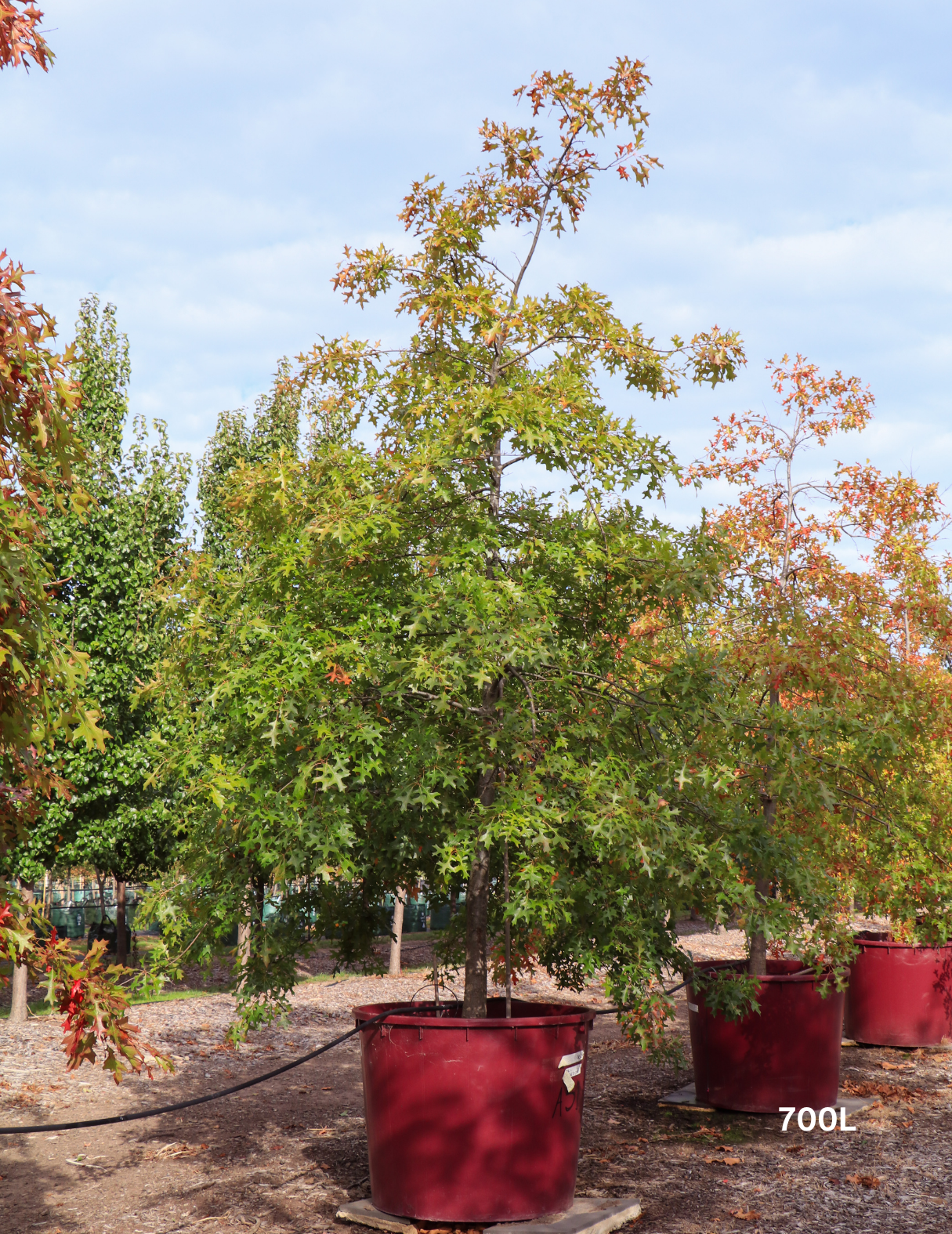





Leave a comment
This site is protected by hCaptcha and the hCaptcha Privacy Policy and Terms of Service apply.